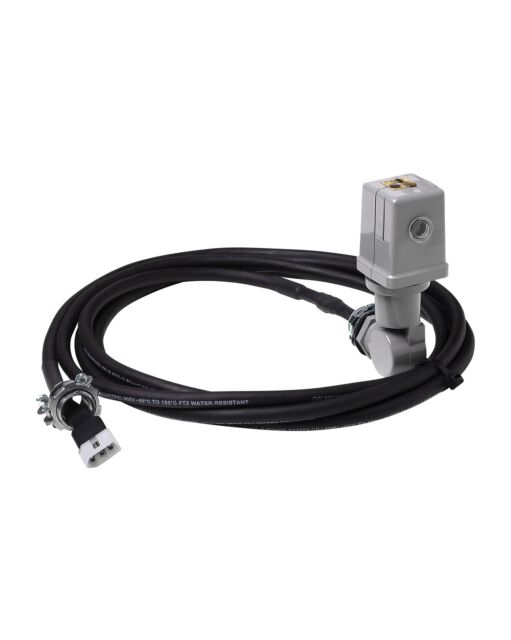Photo Cell 10" Lead
Photo Cell 10" Lead
Landscape Light Photocells by Hinkley Lighting
Couldn't load pickup availability
Payment methods
Your payment details are transmitted securely during checkout. Card numbers aren’t stored, and full card information isn’t accessible.
Shipping
Shipping
Free shipping on orders $99+ within the contiguous U.S. (excludes Alaska & Hawaii). Orders under $99 ship via flat-rate ground for $14.99. Review our full Shipping Policy here.
Returns
Returns
Most unused items in original packaging may be returned within 30 days of delivery for a refund. Items labeled “Final Sale,” “Open Box,” or “Clearance” are not returnable. Shipping charges are non-refundable and a restocking fee applies. Review our full Return Policy here.
Share

Specifications
| Brand: | Hinkley Lighting |
| Part Number: | 1510PH |
| UPC: | 640665151015 |
| Category: | Landscape Light Photocells |
| Dimensions: | 12"W x 4"H x 12"L |
| Weight: | 1 Lb. |
Landscape Light Photocells FAQs
What is a photocell and how does it control landscape lighting?
A photocell senses ambient light and switches circuits on at dusk and off at dawn, automating low‑voltage or line‑voltage systems.
Where should I mount a photocell for accurate dusk‑to‑dawn operation?
Mount with a clear sky view away from eaves or uplights. Avoid shadows from trees and reflections from windows or bright signage.
What is the difference between traditional and astronomical controls?
Astronomical timers calculate sunset/sunrise by location and date and don’t rely on a light sensor; photocells react to actual light on site.
Can a photocell work with LED loads without nuisance cycling?
Choose LED‑rated models with proper minimum load and delay‑off features to prevent rapid cycling. Avoid mixing with incompatible dimmers.
How do I wire a photocell with a transformer and/or timer?
Typical wiring: line → photocell → transformer/timer line input. Many pros use a photocell for dusk ON and a timer for OFF at set hours.
Will snow, porch lights, or headlights affect photocell accuracy?
Yes—stray light can confuse sensors. Shield the photocell, adjust its angle, or relocate it to a representative ambient location.
Are plug‑in and hardwired photocells both available?
Yes—pole‑mount, box‑mount, and corded plug‑in styles exist. Match voltage and connector type to your system.
What IP ratings and temperature ranges should I look for outdoors?
Look for weatherproof housings (e.g., IP65+) and operating ranges suitable for your climate, including freeze‑thaw cycles.
How do I troubleshoot lights that stay on or turn off too early?
Check sensor orientation, clean the lens, verify voltage, and test by covering the eye. Replace aged sensors that drift from set points.
What maintenance keeps a photocell reliable year‑round?
Wipe the lens seasonally, ensure the gasket is intact, and re‑aim if landscaping or lighting changes alter ambient conditions.

